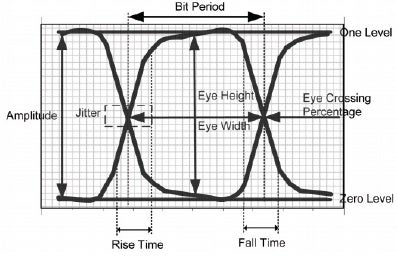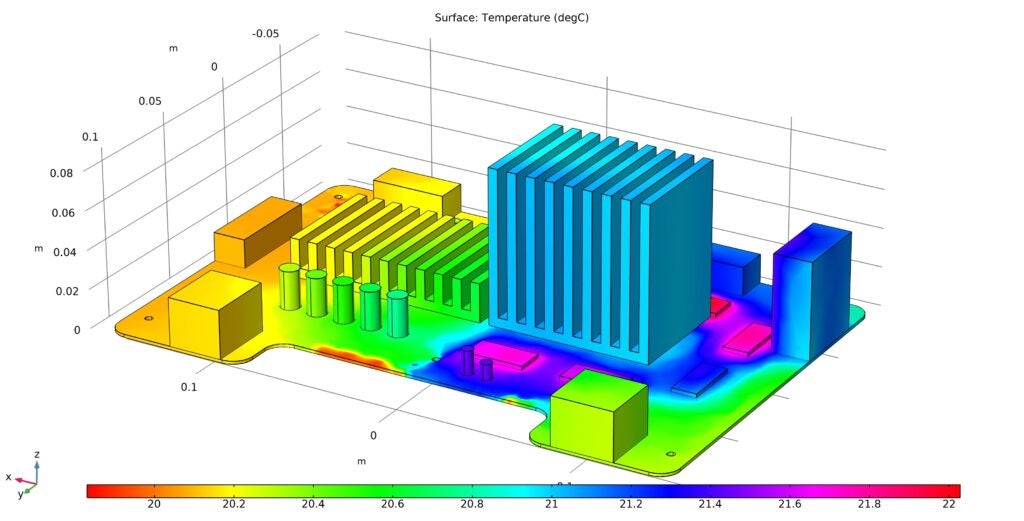It’s simple to know when a board is not functioning properly. The hard part is identifying the source of the problem; often leading to hours troubleshooting in the lab. This happened to me recently when analyzing an open-source design. An overheating problem was detected and clearly shown on the board by overheating, powering down, and melted components; however, the exact catalyst was unknown.
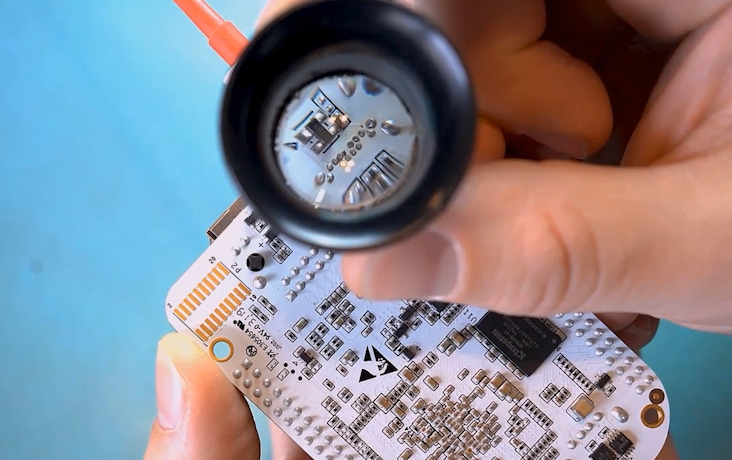
Using Sigrity Aurora, I was able to pin-point the problem area using current density analysis and adjust the design by slightly moving a single via to improve current flow and eliminate overheating (hint: the issue was not where the components were melting).
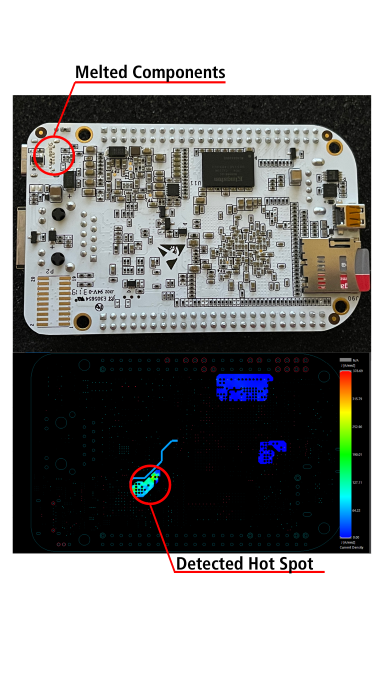
For DesignCon (12 weeks away at the time), we wanted to prove how this simple fix was able to resolve the hotspot by recreating the board with the correction. Should be easy right? We had the design files, the BOM, and the only change we made was to move a via and get a few new boards produced.
Enter the Supply Chain
Obsolete components due to the age of the board, coupled with current supply chain issues and chip shortages, made this impossible. As this was an open-source design and not my own, trying to source the required components became time-consuming and tedious; entering each component into a vendor website and trying to find comparable components to those that were unavailable.
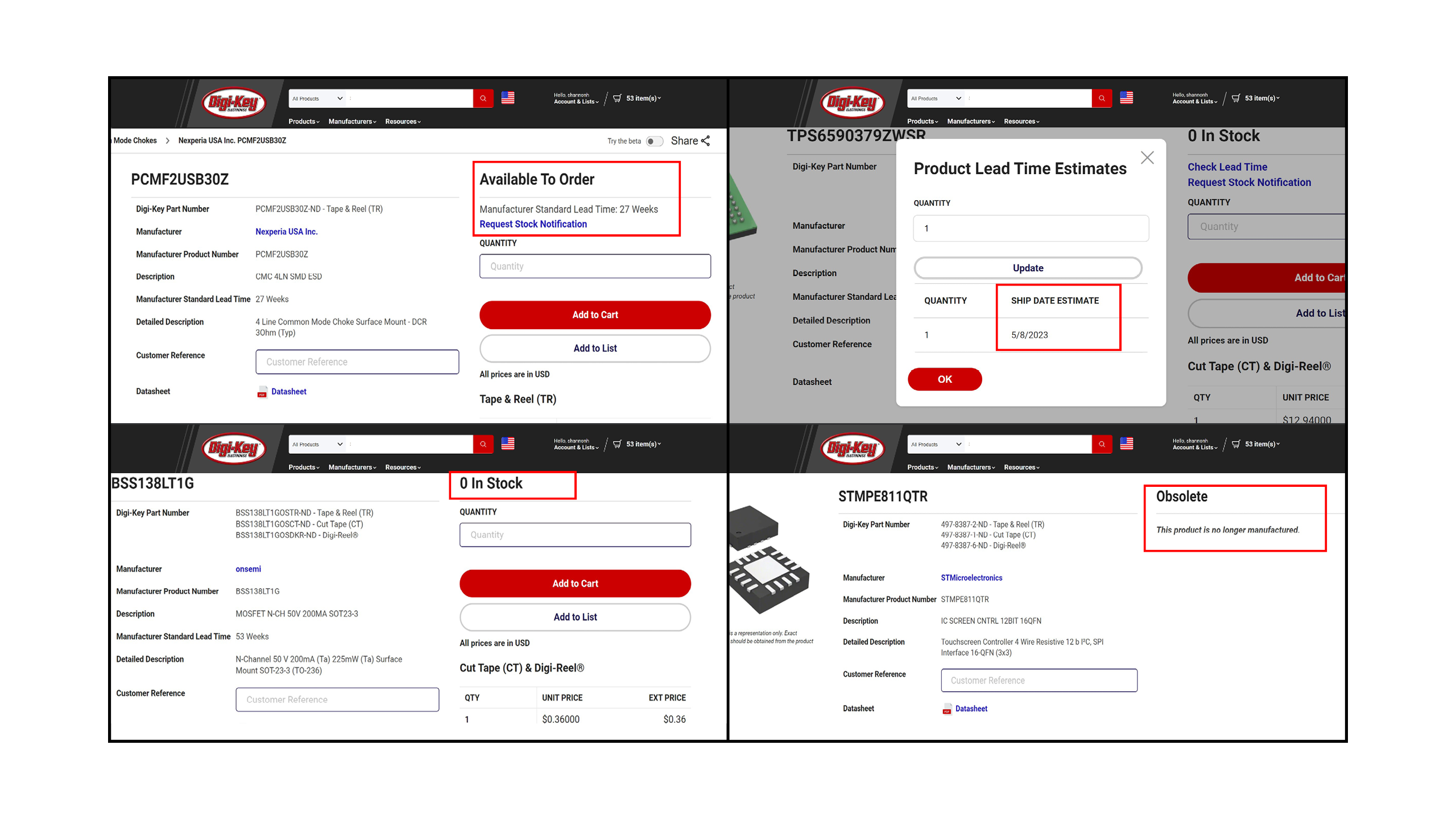
With parts obsolete, extremely long lead times (up to 65 weeks), no stock, and backorders, producing an equivalent design in 12 weeks was not feasible. This had me thinking about how many designers are running into these kinds of issues and how they could have been prevented.
These supply chain and obsolescence issues could have been prevented had they been accounted for at the start of the design.
Prevent Respins – Prevent Supply Chain Challenges
One way to prevent supply chain issues when doing a respin is to prevent the respin in the first place. In the instance above a few minutes of simulation would have identified this issue and allowed the design team to fix it quickly before the boards were ever produced originally. This would have been ideal in my case but what if you need to make more of these boards in general? How could you ensure you won’t be giving your future self fits trying to deal with part sourcing issues?
How to Prevent Supply Chain Issues – It’s All About Data Access
These supply chain issues have become more common in recent years causing companies to face difficulties when sourcing materials for their PCB designs and affecting time-to-market. These supply chain issues must be addressed throughout the design process to ensure timely component sourcing and keep design production on track. Proper planning and coordination between all involved parties will help to avoid these situations from arising in the first place. By having a clear understanding of the components (and their supply chain status) required to produce a product, designers can be made aware of potential delays. By keeping a close eye on inventory levels, obsolescence risks, and defining alternate sources, companies can ensure PCBs can be produced on schedule. While not everyone has the luxury of having a designated component engineer, there are tools that can aid in this process.
Supply Chain Insights On-Demand
If component obsolescence and the effects of the supply chain are analyzed and addressed during part selection, many of the issues I ran into could have been eliminated. Integrating supply chain information into your design process, helps engineers make informed component decisions and prevent any component sourcing, compliance, and obsolescence issues from the start.
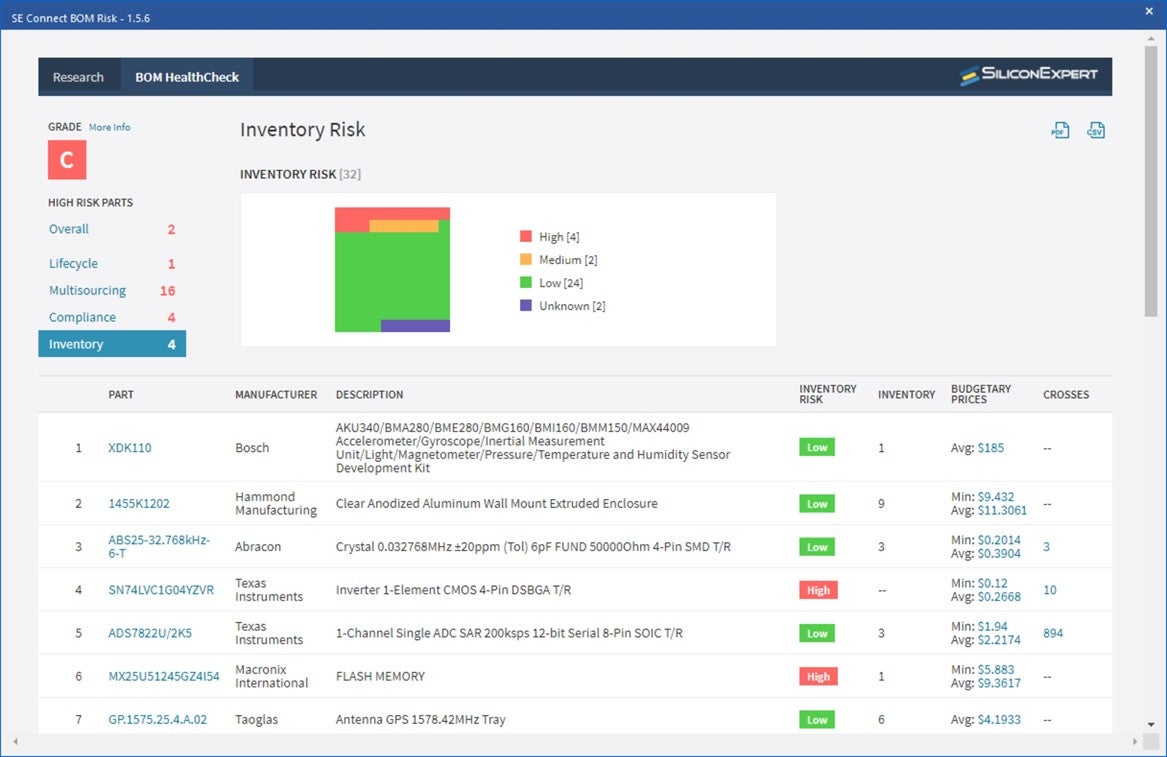
SiliconExpert, is one service that provides direct access to vital supply chain information such as lead time, component availability and pricing, compliance information, and more. With a comprehensive risk assessment for all components in the design, high-risk components are automatically identified, and alternate components are provided to quickly find a comparable replacement.
Incorporating Supply Chain Information Early is Critical to Design Success
While long lead times and part availability affect every PCB Design, component lifespan must also be considered. Components are bound to become obsolete at some point, but they can be managed to increase the longevity of your PCB Design. Even years later, many of these obsolete parts would not be an issue by incorporating supply chain information into the design process. For these high-risk components, the years-to-end of life would have been reported and alternate components with longer lifespans would have been selected.
In my case, I needed to reproduce a design with the same layout and components to show how moving one via could greatly affect design performance and reduce hotspots. While I could have quickly found similar alternatives for some of the obsolete or unavailable components such as resistors and capacitors, there is nothing I could do about lead times up to 65 weeks for vital ICs that could not be switched out. However, hindsight is 20/20.
Now that there are tools available to analyze the supply chain, it’s easier to keep design production on track and increase the longevity of your PCB. For now, we will have to wait until the supply chain stabilizes to produce the board I wanted to, but in the meantime, you can check out the original open-source board, thermal hotspot identification, and resolution in Sigrity at our 2022 DesignCon booth #1243.
